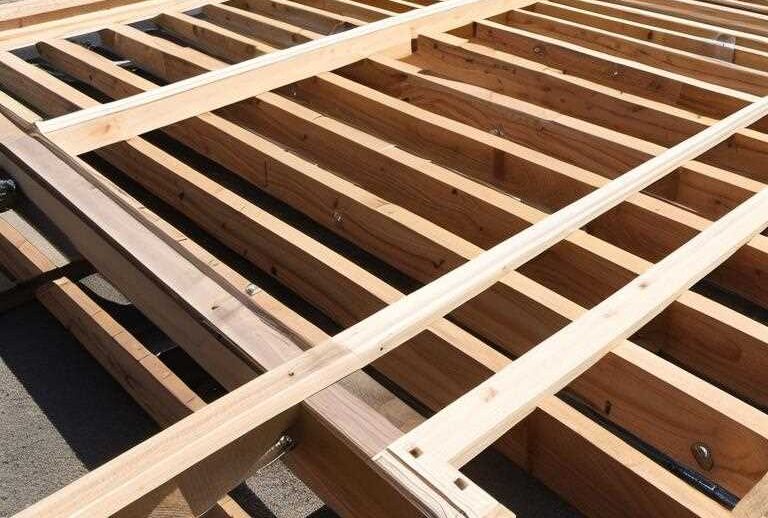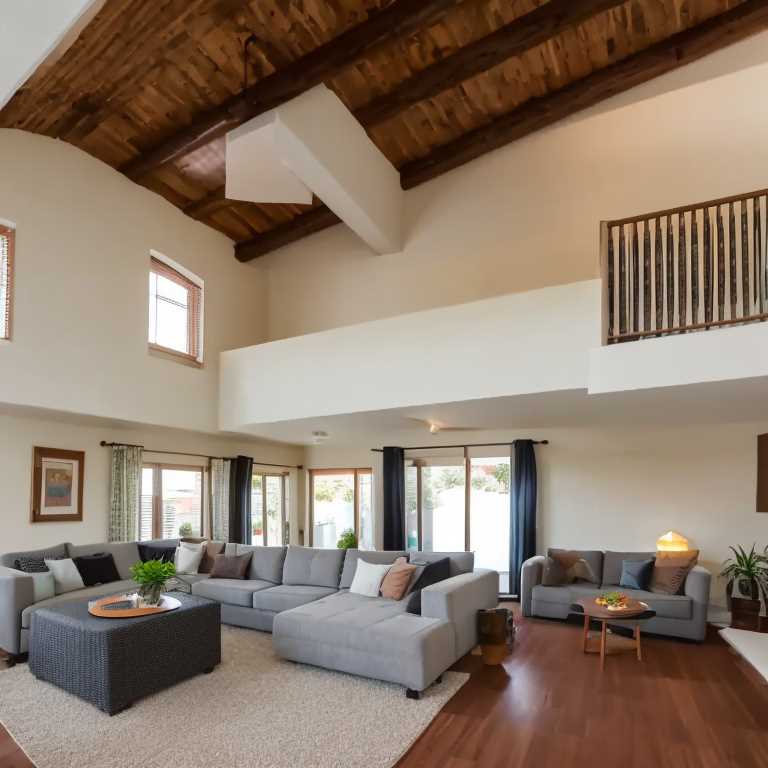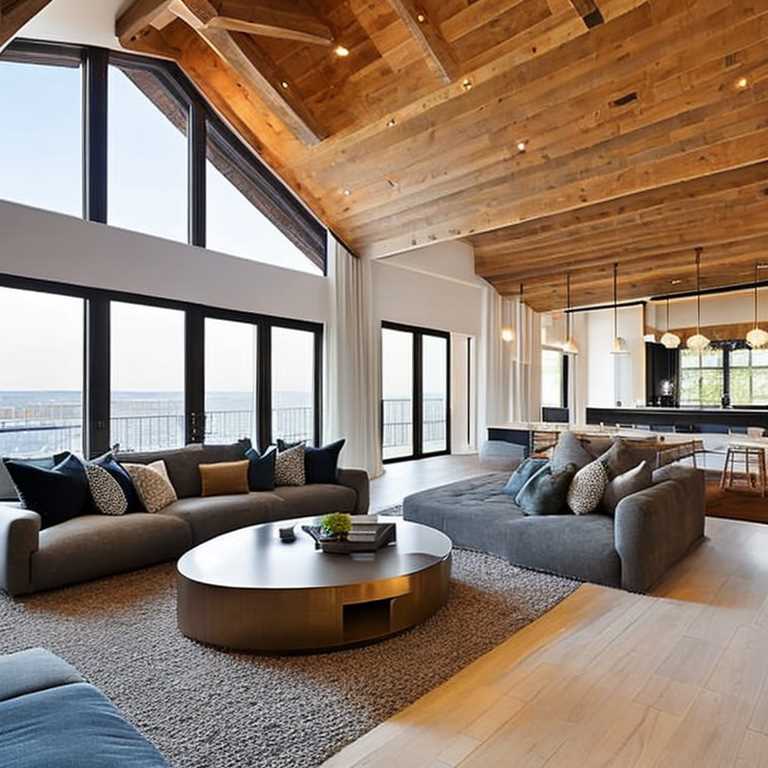
A sunken living room can add depth and character to your home, but it can also present challenges when it comes to furniture placement and overall flow. If you’ve decided that you want to raise your sunken living room floor to create a level surface, there are several steps you’ll need to take. In this article, we’ll walk you through the process of framing and installing a new floor to fill in the hole and create a seamless transition with the rest of your room.
Step 1: Assess the Situation
Before you can begin the process of raising your sunken living room floor, you’ll need to assess the situation to determine what kind of work will be required. Start by measuring the depth of the sunken area and the dimensions of the room to get an idea of the overall scope of the project.
If the sunken area is relatively shallow (less than a foot), you may be able to simply fill in the hole with a layer of concrete or leveling compound. However, if the sunken area is deeper or covers a larger area, you’ll likely need to frame in the new floor and install a subfloor to create a level surface.
Step 2: Frame the New Floor
The first step in framing your new living room floor is to remove any existing flooring materials in the sunken area. This may include carpet, tile, or hardwood flooring. Once the area is cleared, you can begin building a frame for the new floor.

Start by measuring and marking the perimeter of the sunken area on the walls of the room. Then, use a circular saw to cut 2×4 boards to the length of each wall section, and nail them into place along the marked lines. Make sure to use a level to ensure that the boards are straight and even.
Next, cut additional 2×4 boards to fit the interior dimensions of the frame, and nail them into place along the perimeter boards. You can use a level and shims to ensure that the interior boards are level and even.
Step 3: Install the Subfloor
With the frame in place, you can now install the subfloor to create a level surface for your new living room floor. Start by measuring the interior dimensions of the frame and cutting sheets of plywood to fit. Lay the plywood sheets on top of the frame, making sure to stagger the seams between sheets for added strength.
Next, use a nail gun or screws to secure the plywood to the frame, making sure to space the nails or screws evenly and avoid placing them too close to the edges of the plywood sheets. Once the subfloor is securely attached, you can begin adding the finishing touches to your new living room floor.
Step 4: Choose Your Flooring Materials
When it comes to selecting flooring materials for your new living room floor, you have a wide range of options to choose from. You may decide to match the existing flooring in the rest of the room, or you may choose to go with a different material or color for added contrast.

Some popular options for living room flooring include hardwood, laminate, tile, and carpet. Consider the overall style and feel of your home when making your selection, and choose a flooring material that complements your existing decor and adds value to your home.
Step 5: Install the New Flooring
Once you’ve selected your flooring materials, you can begin the process of installing your new living room floor. Start by laying out your materials and measuring the dimensions of the room to determine how much flooring you’ll need.

If you’re installing hardwood or laminate flooring, you may need to acclimate the materials to the room’s humidity levels for several days before installation. Once the materials are ready, begin laying the flooring in the sunken area, making sure to follow the manufacturer’s instructions for proper installation.
If you’re installing tile or carpet, you may need to hire a professional installer to ensure a quality installation. In any case, make sure to take your time and follow proper installation techniques to ensure a long-lasting and durable floor.
Step 6: Finish the Transition

Once the new flooring is installed, you’ll need to finish the transition between the sunken area and the rest of the room. This can be done in several ways, depending on your personal preferences and the materials you’ve chosen.
If you’re using hardwood or laminate flooring, you may want to install a transition strip along the edge of the sunken area to create a smooth and seamless transition. For tile or carpet, you may need to use a combination of underlayment, tack strips, and edging to create a clean and polished look.
Step 7: Enjoy Your New Living Room Floor
With your new living room floor complete, it’s time to sit back and enjoy your handiwork. You’ll likely find that the raised floor not only looks great, but it also makes it easier to arrange furniture and move around the room.
Remember to take care of your new floor by regularly cleaning and maintaining it according to the manufacturer’s recommendations. With proper care, your new living room floor will provide years of enjoyment and add value to your home.
